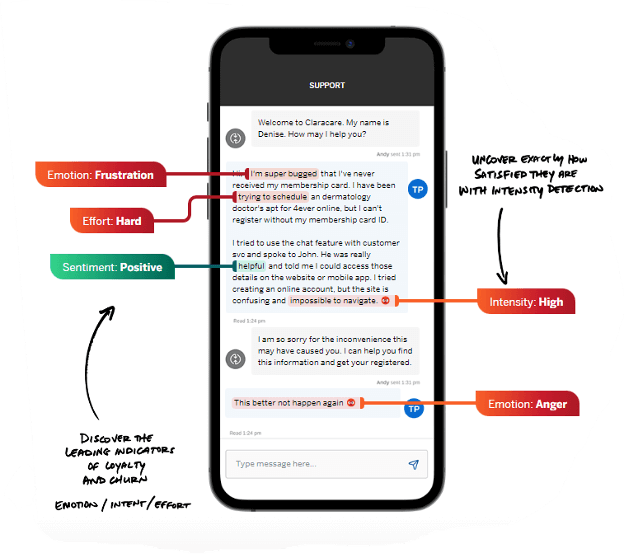What is behavioural analytics?
Behavioural analytics is the study of people’s online behaviour. It uses a combination of artificial intelligence (AI), machine learning, and big data analytics to gather insights into what people do. It can pinpoint trends, behaviour patterns, normalities and abnormalities so that you can take appropriate actions in response to what it reveals.
Behavioural analytics can include geographic and demographic data that will also inform what people do. It is deeper analysis as it draws in an individual’s user preferences and past and present activity – their user behaviour data – to build up a profile and so offer personalised service.
Behaviour analytics is experiencing an explosion in use right now. With major industries such as financial services, e-commerce, online gaming and healthcare embracing it for a wide variety of uses, the global market for user and entity behavior analytics is set to reach $4.2 billion by 2026, up from $1.2 billion in 2022.
Learn more: Unlock the power of unified experiences
When and where do we see behavioural analytics in business?
We’ve all seen behavioural analytics in action, usually when targeted adverts or suggested products appear in our online feeds.
Many industries use it to track users, for example:
- Retail and e-commerce: by analysing a customer’s choices and tastes, a retailer can make product recommendations and predict future sales trends
- Product development: User behaviour analytics help you understand how customers use your products and inform what customers really want, so you can include it in upgrades
- Cybersecurity: Picking up anomalies and unusual behaviours that indicate criminal activity, risk, insider threats and compromised information
- Gaming: Maintaining user attention, identifying cheats, modification of game features and targeting in-game user purchases
- Healthcare: Automated services such as medication delivery and personalised medicine
- Streaming services: Making suggestions based on previous movies, or shows watched
But did you know, you can also use behavioural analytics to enhance employee experience?
You’ll be able to:
- Resource your employees: by understanding their wants and needs
- Reduce employee attrition: by understanding what makes people want to stay
- Increase employee engagement: by understanding why people do they things they do
Why should we care about behavioural analytics?
Picture the scenario: you’ve just paid for lunch in New York and your bank gets in contact to ask why you bought a coffee in Paris straight afterwards. You can’t be in two places at once, so is somebody fraudulently using your card?
And that same afternoon, the bank alerts you that somebody has tried to buy a $3k designer bag on another card, yet most of your purchases are from thrift stores. When banks use behavioural analytics on your purchasing behaviour, they can spot unusual user behaviours – and potentially fraud – the instant it happens, and act.
This is why behavioural analytics matters.
But it’s not just the financial sector that makes good use of behavioural analytics. Anyone in a digital industry can use it for a wide range of customer behavioural insights and actions:
- Understanding the full customer journey
- Understanding customer touchpoints
- Boosting customer acquisition
- Identifying the most valuable customers by their characteristics and behaviours
- Increasing customer lifetime value
- Observing user engagement – in real time
- Reducing customer churn
- Increasing customer retention
- Comparing the most profitable channels and campaigns
What is the return on investment (ROI) on behavioural analytics in business?
One survey found that 21% of marketers said that providing ROI for their marketing activities was one of their biggest challenges.
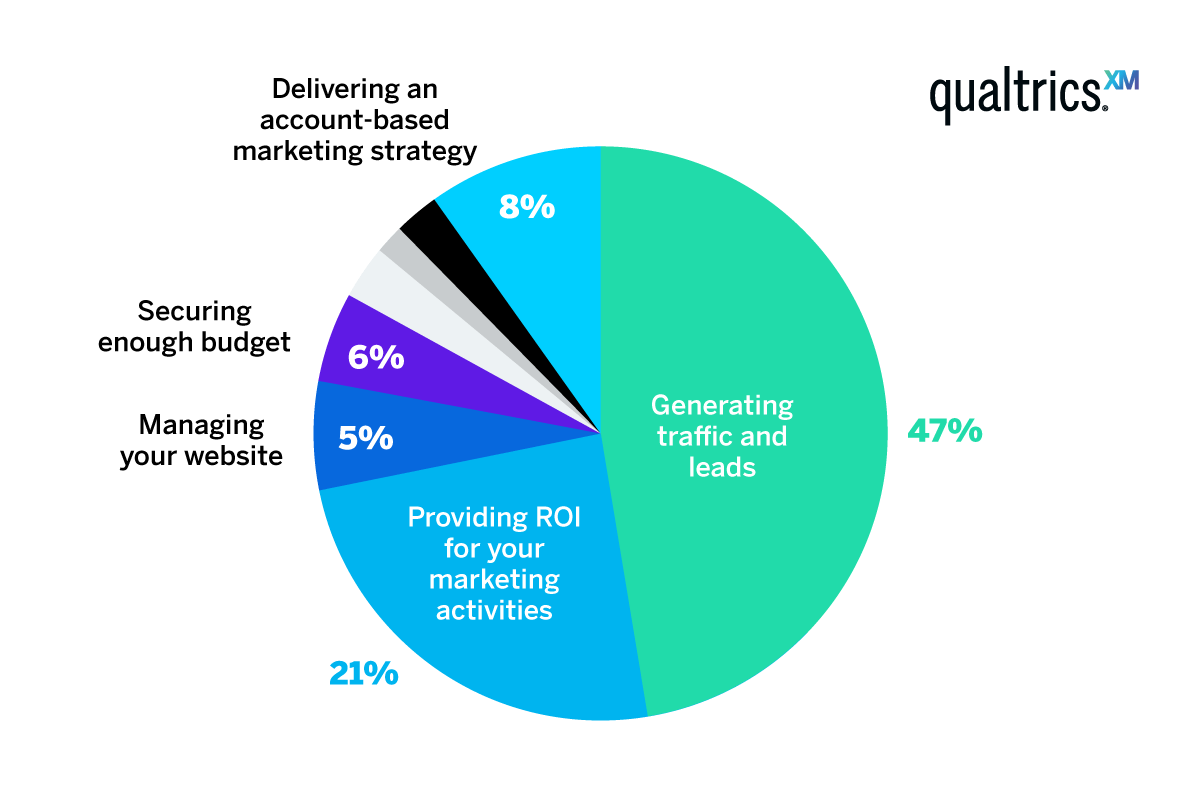
When you use behavioural analytics, you don’t just look at your employee or customer data, you use it for specific business outcomes that will offer ROI, such as making outreach efforts more effective. You’ll achieve:
1. More accurate targeting
When you understand your customers’ different behaviours, you can tailor your marketing messages. New customers may respond to enticing introductory offers, whereas your most loyal customers may enjoy loyalty programs or an exclusive VIP club.
2. Personalised experiences
By identifying peoples’ needs, wants, concerns, and the type of messages they notice, you can connect with each one personally, making relevant offers and suggestions that they are more likely to take up.
3. Filter the engaged from the disengaged
By separating the most engaged people from the least, you can target your interventions, product or services at people who need or want them the most.
4. Cost-effectiveness
You can target budgets at your most interested, engaged, and valuable audiences, rather than waste it on cold leads and the disengaged.
5. Increase brand loyalty
Customers who feel special will stick with the brand that makes them feel that way. Customer loyalty increases customer lifetime value, and hence revenue for your business. Employees too will make your brand an ‘employer of choice’.
How does behavioural analytics work?
Behavioural analytics is a digital product, a branch of business analytics that uses a mixture of collected data, behavioural analytics tools, and marketing automation systems to focus on driving specific business outcomes, or mitigating risks.
This includes analysis such as:
- predictive modelling
- prescriptive action
- behavioural segmentation
Whereas business analytics relies on historic data points, a behavioural analytics tool captures qualitative and quantitative data from tracking and recording user behaviour on a website or product in real time – using event monitoring, measuring user engagement, and segmentation techniques.
Behavioural data gets collected through a behavioural analytics platform, from every user interaction with digital channels. These channels may be:
- Websites
- Mobile apps
- Wearable devices
- Voice enabled devices
The data is then analysed, and combined with other data, such as previous transactional records. It can provide an accurate prediction of future behaviours and user intent, signposting where to direct marketing efforts.
Behavioural analytics tools are available that can identify:
- Customer or employee dissatisfaction
- Where to increase customer lifetime value
- Possible customer churn or employee attrition
- Where to smooth out the customer or employee journey
Types of behavioural analytics
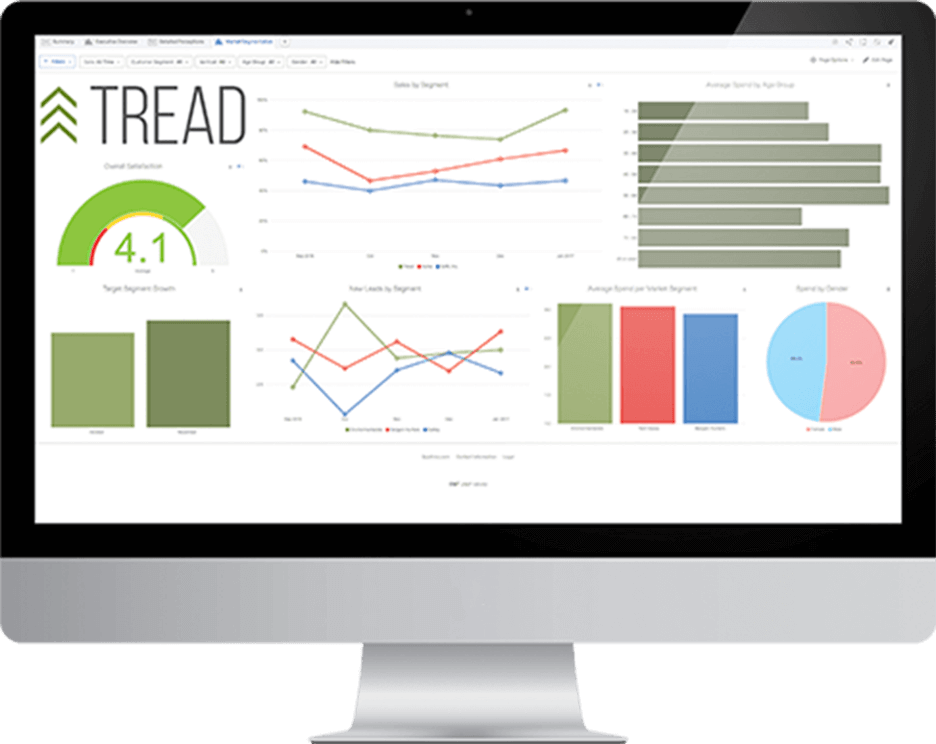
1. Segmentation tool
Build a study. Create target groups. Analyse results. With the best segmentation software, all customer segmentation can be done on a single platform, so you have instant access to the data and insights you need.
2. Funnel analysis
Conversion funnels, also called brand funnels, display the proportion of people that have different levels of interaction with a brand. Funnel analytics track progress through a funnel. Using analytics that offers a birds-eye view of the entire funnel and the components within it is a great way to keep track of performance.
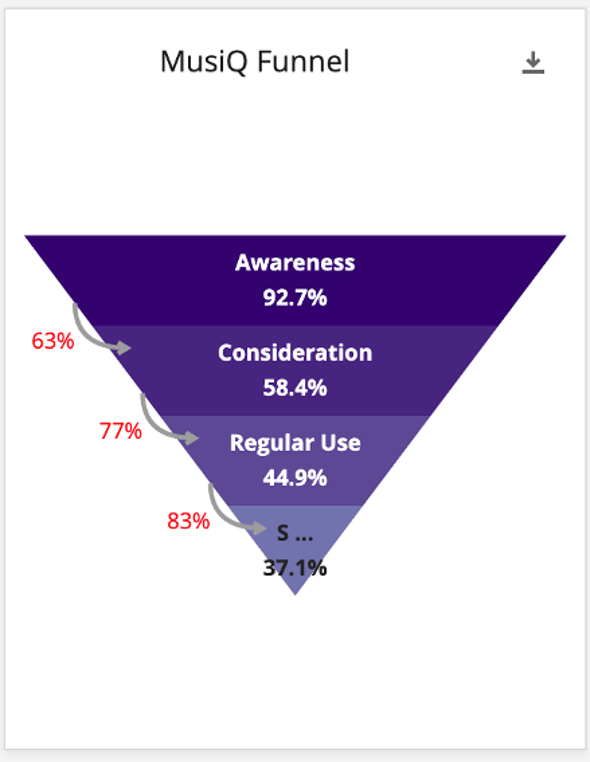
3. Cohort analysis
Cohort analysis is a subset of behavioural analytics that takes the data from a given dataset and breaks it into groups for analysis. These related groups (or cohorts) usually share common characteristics or experiences.
How to leverage behavioural analytics
The whole point of behavioural analytics tools is to collect data about user behaviours and make informed decisions about where to make improvements.
You can use behavioural analysis to achieve business results across all your experiences: customer (CX), employee (EX) and brand (BX):
Customer experience (CX)
In addition to all the customer behaviour analytics we’ve discussed above, the best behavioural analytics tools are also able to:
- Uncover why your customers reached out, how they feel, and what they plan to do next. You’ll be able to automatically interpret the meaning behind the words your customers are using
- Make chatbots smarter so that customers get the help they expect and agents get valuable time back
- Drastically reduce compliance risk by applying conversational analytics to flag words or actions that are off script or break company protocols
- Personalise customer experiences by understanding user intents and motivations to discover opportunities that improve the customer journey
Employee experience (EX)
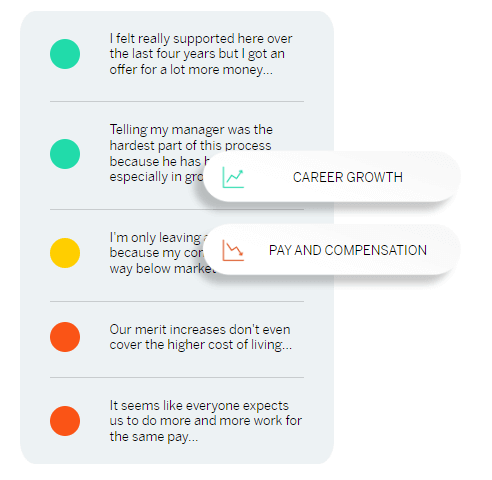
Behavioural analytics are not confined to the customer experience; they’re ideal for discovering what your employees do. Data teams will be able to discover:
- Exactly what your people need (even if they don’t tell you) using powerful employee sentiment analysis tools that listen to what employees are saying, wherever they’re saying it.
- Why people leave, and how to help the best people stay. You’ll understand feedback about your company in external forums, social media interactions, and review sites so you can take action to improve your employee experience, retain your best people, and become your industry’s employer of choice.
- Analyse internal HR and technology service desk support by analysing messaging, calls, chat, and emails to uncover opportunities to improve the service experience and lower cost, reduce risk and improve agent performance.
- What’s driving employee experience, engagement, productivity, intent to stay, and much more
You can also use behaviour analytics to help understand how and when work gets done by linking it to productivity systems such as calendars, messaging platforms, and email.
You can connect behavioural analytics to employee engagement. As an example: if a specific group of employees (engineers, say) is spending X amount of time in meetings and they have lower engagement, there could be a correlation – that amount of meetings are making them disengage.
Brand experience (BX)
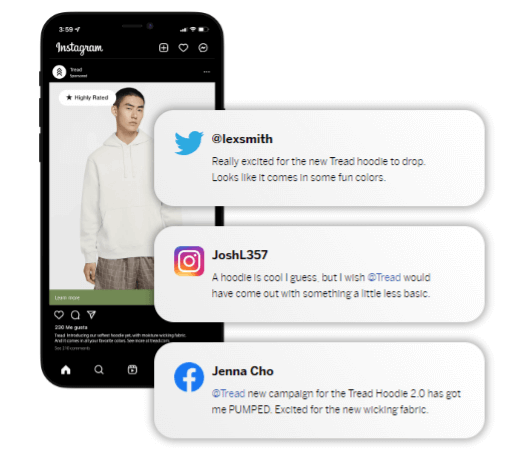
Behavioural analytics are also perfect for uncovering brand user behaviour:
- Keep a finger on your brand pulse by continually measuring brand sentiment, brand loyalty, consumer intent, and ease of doing business using AI-powered conversation analytics.
- An ‘always on’ brand listening engine analyses every channel and every interaction, to flag up brand insights, giving a more complete picture of what your audience really thinks and feels about the brand.
- See what the competition is up to, and what people are saying about them by understanding the strengths and weaknesses of your competitors’ brands, spotting gaps in the market, and identifying differentiation
- Find out how people are reacting to advertising campaigns, so you can fine tune them in response
BOX analytics
Behavioural analytics is just one of a trio of analytics called BOX analytics that when used together offer a holistic, 360 view of your business. These are:
- Behavioural analytics: the study of people’s online behaviour
- Operational analytics: the practice of using real-time data to make instantaneous business decisions
- Experience analytics: the process of collecting, analysing and utilising employee- or customer-specific data for improved journeys and experiences when employees are in the workplace or customers are buying your products or services.
Key takeaways: behavioural analytics
- Consumer, employee and user habits are constantly changing
- The digital world is constantly expanding
- Behavioural analytics will only get bigger and bigger as an essential factor in keeping organisations on top of trends, market shifts, and changing customer and employee demands.
- You’ll need a state-of-the-art analytics platform such as Qualtrics CrossXM with Discover XM to unlock the power of unified experiences
Unlock the power of unified experiences
